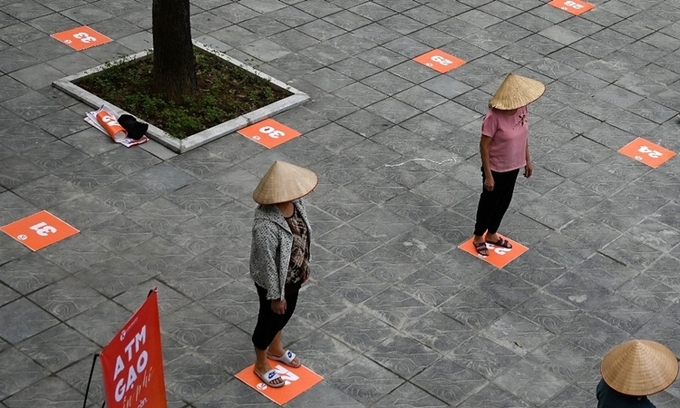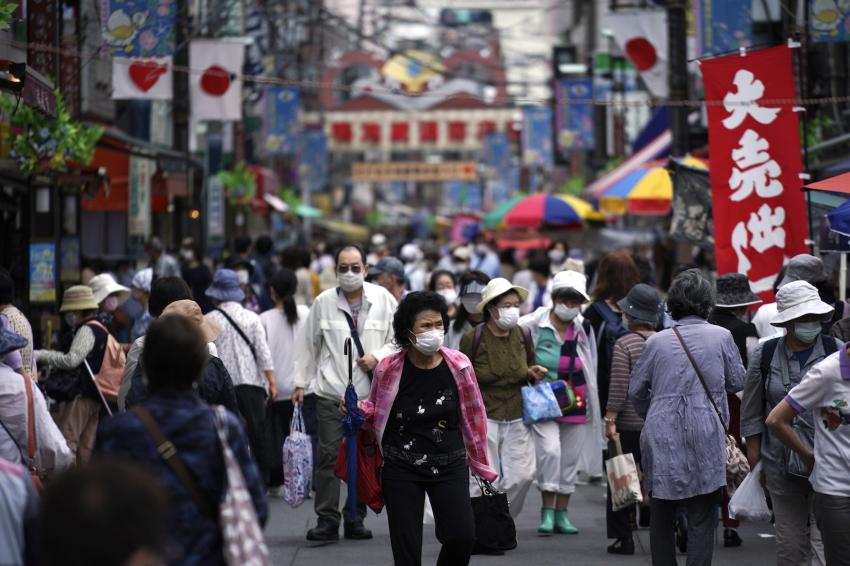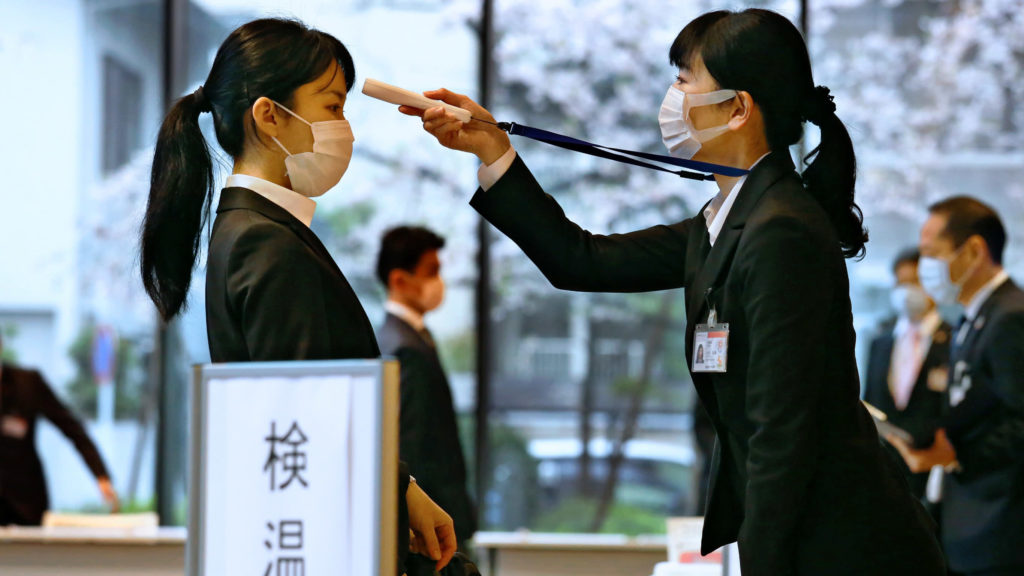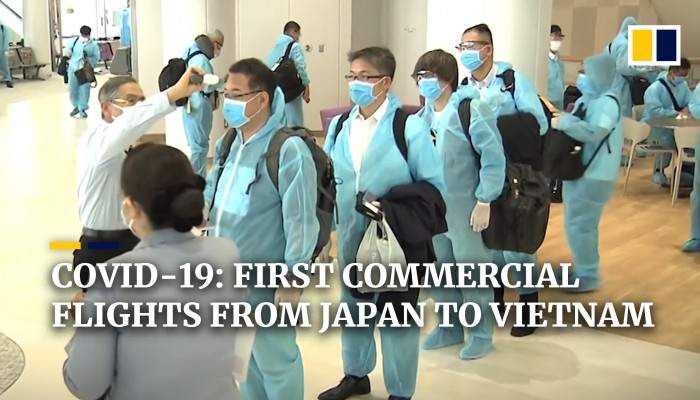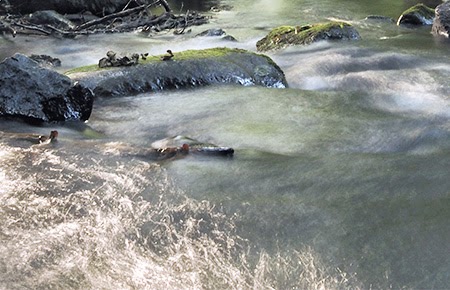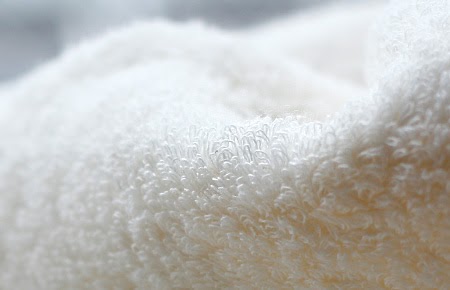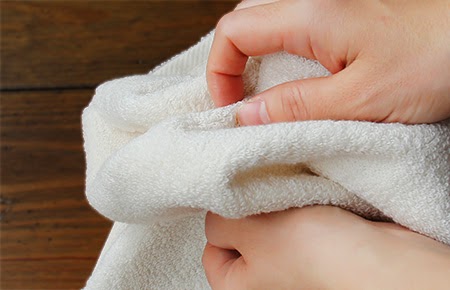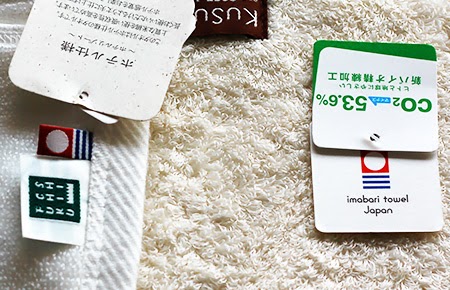Japan has a lot of local specialties, many dishes such as sushi, takoyaki, ramen … made from local ingredients with very traditional traditional methods.
Ishikari nabe in Hokkaido
Tourists from all over the country of cherry blossoms are attracted by the abundance and diversity of fresh fish as well as processed seafood of Hokkaido. Ishikari-nabe is a typical dish of Hokkaido region, originating from the 17th and 18th centuries, making full use of fresh salmon.
The name of the dish comes from the Ishikari-Gawa River, the famous place to catch salmon and the dish made from salmon is called tokachi-nabe in Obihiro area. The slices of salmon are stewed with vegetables, tofu and konnyaku inside mixed with seaweed and flavored with miso sauce. Potatoes and cabbage are both locally produced when added to the dish, adding to the delicious flavor of the seafood, so you can explore the flavors of Hokkaido from the sea to the mainland.
Ramen noodles in Sapporo
Ramen noodles are dishes imported from China, but have been reinvented with purely Japanese ingredients and tastes such as adding Japanese soy sauce and soy flour, and have since become one of the most popular. Japan is the most famous in the world. This golden noodle dish served with pork, fat, eggs and miso has made a name of Sapporo cuisine.
Yudofu in Kyoto
The dishes of the land of the rising sun all share the same characteristics that are simple, delicate but good for health, yudofu (stewed tofu) is no exception. This dish is easy to make, easy to find and extremely delicious in trying to measure Kyoto.
Yudofu is usually put in a large brown bowl of rough earth, in which pieces of tofu are cooked with a seafood-flavored broth, add slices of fresh ginger shaped like flowers and a few sprigs of decorative green bean, The black sesame seeds sprinkled on them are fragrant and are served with spices like yuzu kosho and ponzu.
Sanuki udon in Kagawa
The most special thing about Sanuki udon noodles is the softness that is hard to describe. Not only the shiny color, each strand of Sanuki udon noodles every time it is put into the mouth also creates a funny and attractive slurping sound. People find this dish interesting in common between Western pasta and Japanese mochi rice cakes. In Kagawa, you can directly observe the millers, from rolling, cutting to cooking noodles in a huge boiling pot of water.
Edo-mae zushi in Tokyo
Edo-mae zushi was a fast food known in Tokyo during the Edo period (1603-1867). And most of us know this dish by a familiar name is sushi. Sushi is essentially just a dish made from raw fish slices cut by artisans and then arranged on pieces of broken rice vinegar. It sounds simple but to make a master sushi as a chef takes 7 years of daily practice. The challenge in this dish is the chef’s skillful use of a knife, and it’s also important that the freshness of the ingredients.
Miso katsu in Nagoya
Tonkatsu is a dish that was introduced from Europe to Japan in the late 1800s. And now, it has become an indispensable famous dish of Japanese people. Pieces of pork are fried in a pan of hot oil, fried to the point of crunchiness and light golden brown attractive, then, it is again covered with a layer of sweet and spicy sweet sauce. Miso katsu is also a tonkatsu dish when eaten with miso sauce. This is a sweet sauce, but it has something so artistic that every katsu miso restaurant has its own secret recipe to captivate food lovers.
Takoyaki in Osaka
Takoyaki is a traditional Japanese street food that nearly everyone coming to Osaka wants to enjoy. There are more than 500 eateries in Osaka serving Takoyaki. Just the ingredients are flour, dashi, tenkasu, chicken eggs, fresh onions, cabbage, sour red ginger, octopus … and the cake mold is ready for a delicious takoyaki.
Champon in Nagasaki
Champon is like ramen, but instead of cooking the noodles separately, this dish is boiled directly in a broth from pork. It is also served with meat, seafood, vegetables, varies by restaurants, and season of the year. On Japanese waters, this dish is also influenced by the taste of Korean food when adding fresh chili, red pepper, red pepper, or even chili oil.
Okonomiyaki in Hiroshima
Learn about Japanese cuisine can not be forgotten okonomiyaki, or commonly known as “Japanese pancakes”, one of the traditional dishes of Japanese people. Okonomiyaki is actually quite simple, using a lot of ingredients mixed together and baking on a very large teppan grill. The pancakes in Hiroshima are the most typical processing, after coating a layer of flour underneath, people put each type of ingredients to make the bread into layers instead of mixing and finally coating a layer of flour go up. In addition to layers such as crust, cabbage, pork and buffet items such as octopus, squid and cheese, there are also noodles such as yakisoba, udon which are also topped with fried eggs and a lot of okonomiyaki sauce. Another difference is that the pancakes in Hiroshima area use more cabbage, when it is unripe, the cabbage is stacked high and shrunk during cooking.
Chanpuru in Okinawa
Visitors to Okinawa, the southernmost province of Japan, rarely miss Chanpuru, the famous stir-fried melon dish. Traditional chanpuru is usually fried with tofu, vegetables and some other fish meat.


